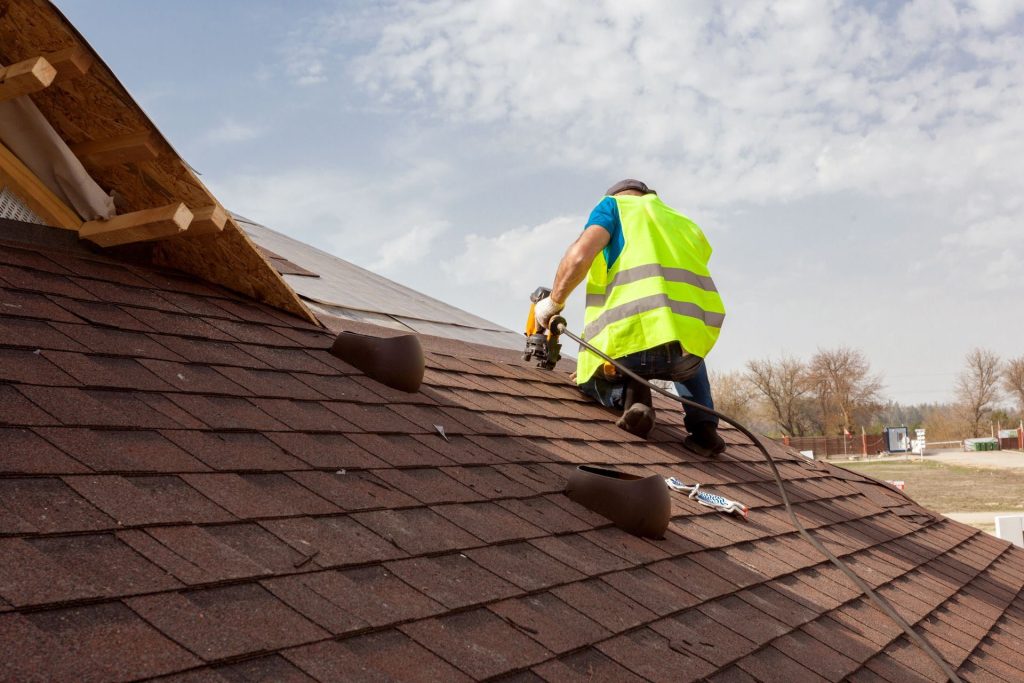
Climate change is a pressing issue that has far-reaching consequences on various aspects of our lives, including the maintenance and repair of our homes. One area where climate change can have a significant impact is on the decision to replace or repair a roof.
Roofs are one of the most important components of a home, providing protection from the elements and helping to regulate indoor temperature. However, they are also vulnerable to damage from extreme weather events such as heavy rain, high winds, hailstorms, and snowstorms. As climate change leads to more frequent and severe weather events, roofs are becoming increasingly susceptible to damage.
One of the key factors that homeowners must consider when deciding whether to replace or repair their roof is the impact of climate on its lifespan. In areas that experience extreme weather conditions regularly, such as hurricanes or tornadoes, roofs may deteriorate more quickly than in regions with milder climates. This means that homeowners in these areas may need to replace their roofs more frequently in order to maintain their home’s structural integrity and protect it from water damage.
Additionally, changes in temperature and humidity levels can also affect the performance of roofing materials. For example, asphalt shingles may become Arzuaga Remodeling INC brittle and crack in hot climates, while metal roofs may expand and contract with fluctuations in temperature. These issues can compromise the effectiveness of the roof in protecting against leaks and other forms of water damage.
Another consideration for homeowners facing roof replacement decisions is energy efficiency. A well-insulated roof can help reduce heating and cooling costs by keeping indoor temperatures stable throughout the year. However, if a roof is damaged or poorly maintained due to climate-related factors, it may not be able to provide adequate insulation, leading to higher energy bills for homeowners.
In some cases, homeowners may choose to invest in environmentally-friendly roofing materials that are better suited to withstand changing climate conditions. For example, cool roofs made from reflective materials can help reduce heat absorption and lower energy consumption during hot summer months. Additionally, green roofs planted with vegetation can provide natural insulation and absorb rainwater runoff, reducing strain on stormwater management systems.
Ultimately, the decision whether to replace or repair a roof should take into account both current climate conditions and future projections for how they may change over time due to climate change. By considering these factors carefully when making roofing decisions , homeowners can ensure that their homes remain safe , comfortable ,and energy efficient regardless of what Mother Nature throws at them .
Arzuaga Remodeling INC
55 4th St, Rochester, New York, 14609, US
585-460-3898



